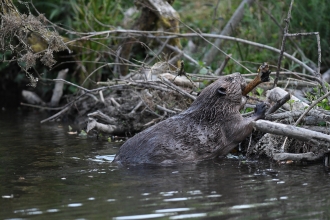Trainee blogs
Blog reports from two Wildlife Trust Trainee Ecologists
Damselfly © Ben Hall/2020VISION

Moths are fascinating creatures. We mostly think of them as the butterflies of the night, and therefore overlook them, but some species can be seen during the daytime, too. They play a vital role…
The stinging nettle is, thanks to its sting and vigorous growth, a much-maligned weed by both gardeners and visitors to the countryside, but it has not always been that way.
Hedgehogs are disappearing from our countryside as fast as tigers are worldwide – a shocking situation for a species that was once common. However, with around fifteen million gardens in the UK,…

Bumblebees are one of our most familiar and endearing garden insects. Hearing their distinctive buzz and watching them dance from flower to flower epitomises a perfect summer’s day, and they are…
The Five Ways to Wellbeing, developed by the New Economics Foundation, offer a helpful framework for connecting to nature. This week, our final week, we’re going to focus on giving.
Inspired by our citizen science project, I had a wander around my garden yesterday and made a note of these 12 wildflowers that are currently flowering that you might take note of in your surveys…

A quiet wildlife renaissance is happening, spearheaded by an animal that once defined the entire function of our wetlands and waterways. Hunted to extinction for its pelt in the 16th century we…

G.I.V.E is a group dedicated to the sharing of all things which can be grown at home or on your allotment. I hope that hundreds, if not thousands of you here on the IOW will join G.I.V.E and…
The Five Ways to Wellbeing, developed by the New Economics Foundation, offer a helpful framework for connecting to nature. This week we’re focusing on staying active.